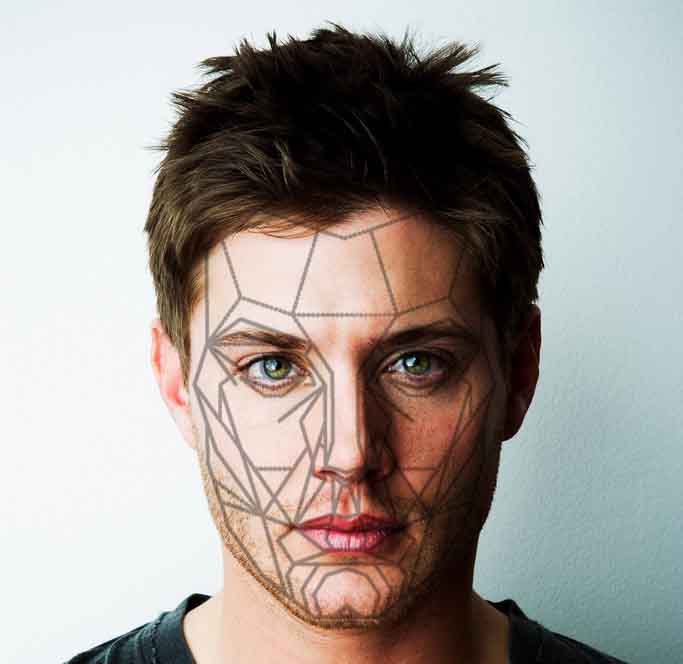Do looks matter? According to Newsweek, Allure and the findings of a Cornell University study, beauty may be more than skin deep.
Both Newsweek and Cornell found that beauty may have an impact on individual’s earnings.
While children may be taught not to judge a book by its cover, the “halo effect” is prevalent in the minds of Americans.
Newsweek’s survey found that 63 percent of Americans thought good looks were a factor in a male employee’s hiring and 72 percent believed beauty played a part in women’s.
David Buss, Professor of Psychology at the University of Texas at Austin, said that media is not just full of faces, but “attractive faces.” Buss’s research approaches the biological basis for the evolutionary differences between men and women.
Part of Buss’s research focuses on what information humans gather from faces.
Cultural views of beauty norms are vastly different across the globe. Movements like Body Positivity often challenge the norms of cultures that stress attractiveness.
Entire markets consist of beauty products to change appearances for a variety of desired effects. Some cultures, like in South Korea, embrace norms like plastic surgery.
 The Economist reports the findings of a study in Israel that investigated the differences when males and females submitted photos with their resumes.
The Economist reports the findings of a study in Israel that investigated the differences when males and females submitted photos with their resumes.
While this practice is not popular or expected in America, it is one that is more common in European and Asian countries.
“Attractive females were less likely to be offered an interview if they included a mugshot. When applying directly to a company (rather than through an agency),” the study reports.
While judging a book by its cover may be discouraged, Kramer, King and Ward found in 2011 that 4 of the Big 5 personality traits could be inferred with limited accuracy through facial perception.
Common stereotypes may present the notion that the female appearance is most significant, yet the discrimination in hiring reportedly affects men’s income more.
The Bureau of Labor Statistics report of 2016 lists a disparity by sex for executive positions and business lines of work, where appearance and branding can be considered more central in relation to an employee’s hireability and earnings.
Another departure in the halo effect occurs when it accounts for weight.
The bias to believe positive personality traits are connected to an attractive person may be most prevalent for overweight women, according to the findings of Register and Williams.
Their study of women indicated that when controlled for variables like education, race and geographic location, overweight women made on average 12 percent less than their slimmer counterparts.
Height, one factor to the BMI determination, may also influence any one person’s idea of beauty. According to Sybil Geldart’s “The relationship between rater’s height and perceptions of attractiveness,” even the angle one views the world factors into attractiveness.
From the angle beauty is perceived, to the cultural lens through which it is filtered and the biological dispositions innate in humans, attractiveness is multi-faceted and unique.
Geldart found that taller individuals created attractive computerized faces with larger ratios of forehead height to chin, while shorter individuals tended to create faces with smaller foreheads and larger chins.
There might be more to looks than meets the eye.
Barton Kleen
Executive Editor


